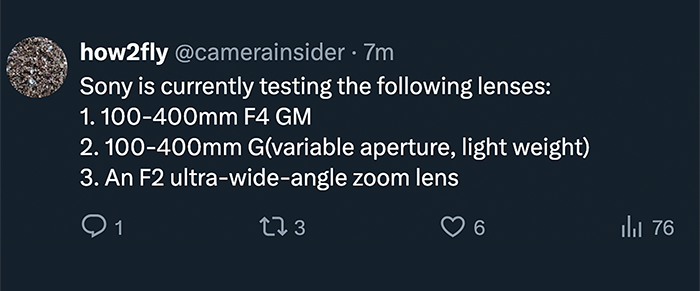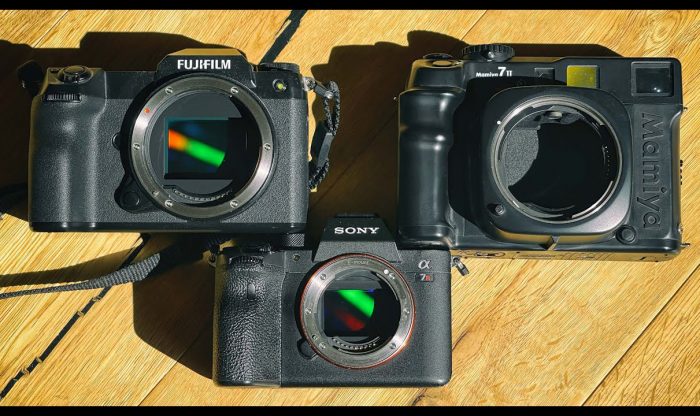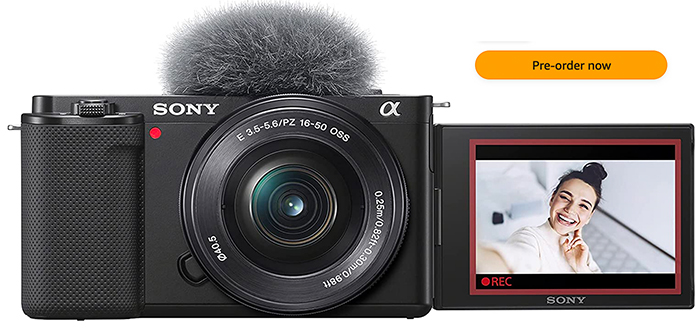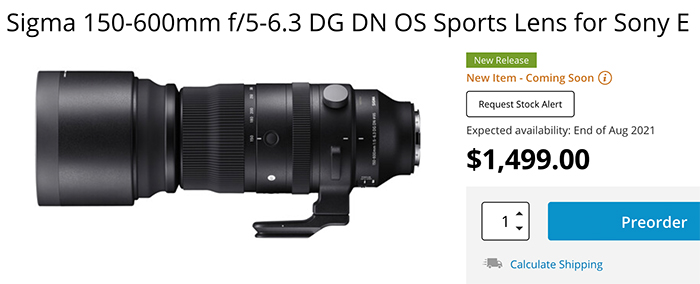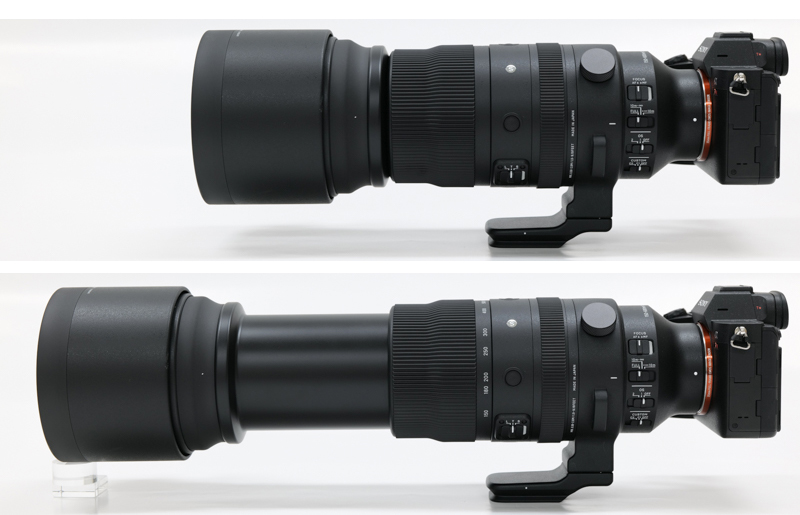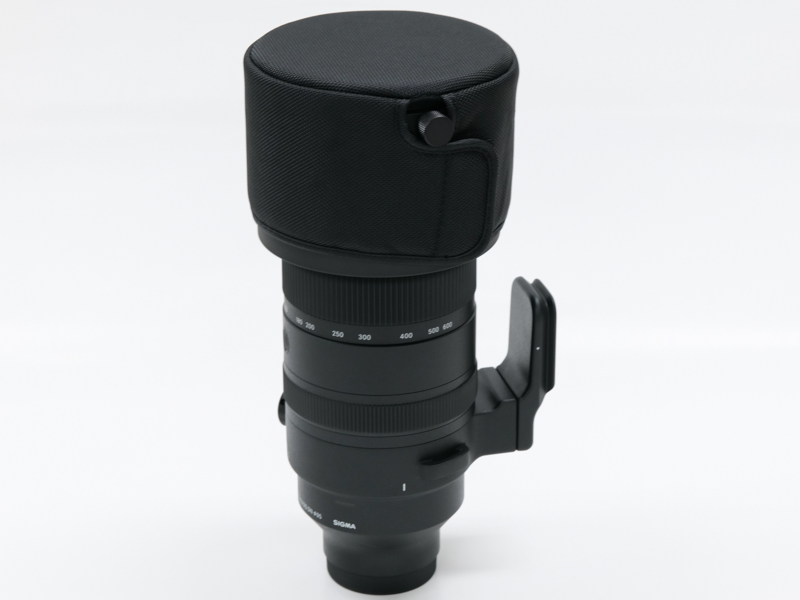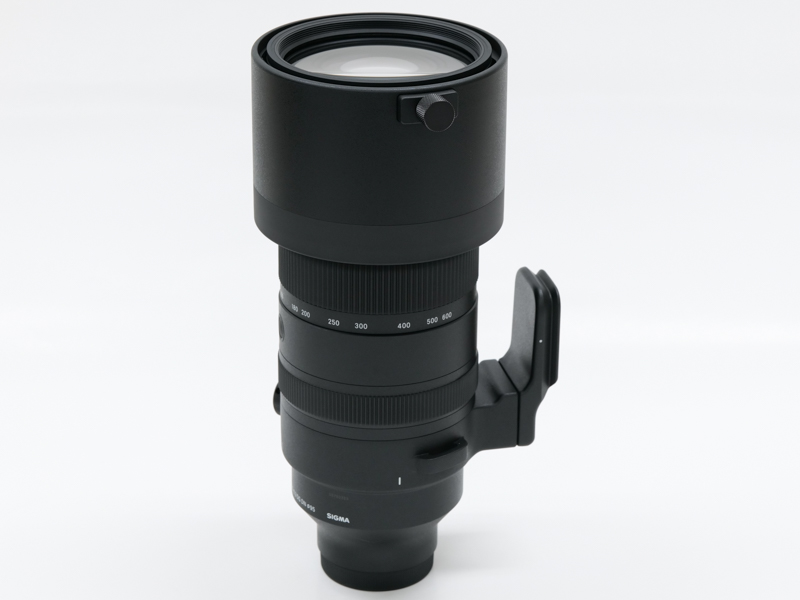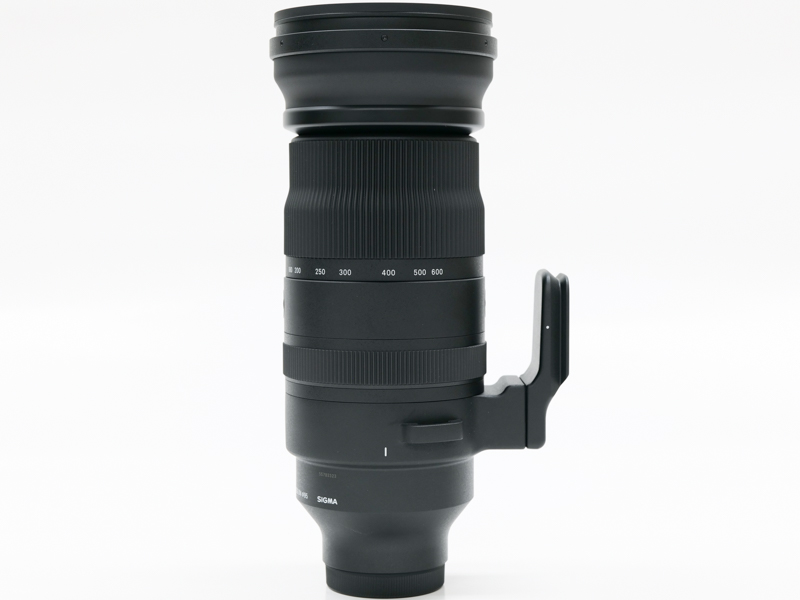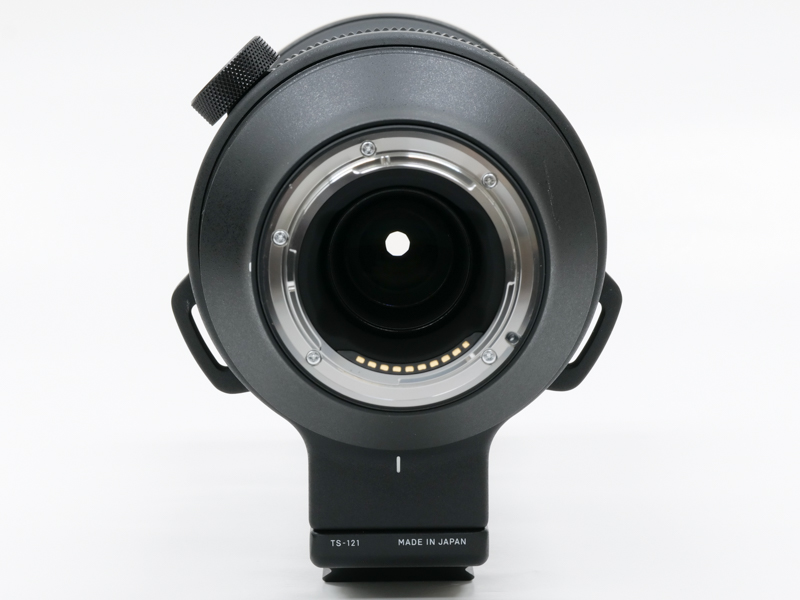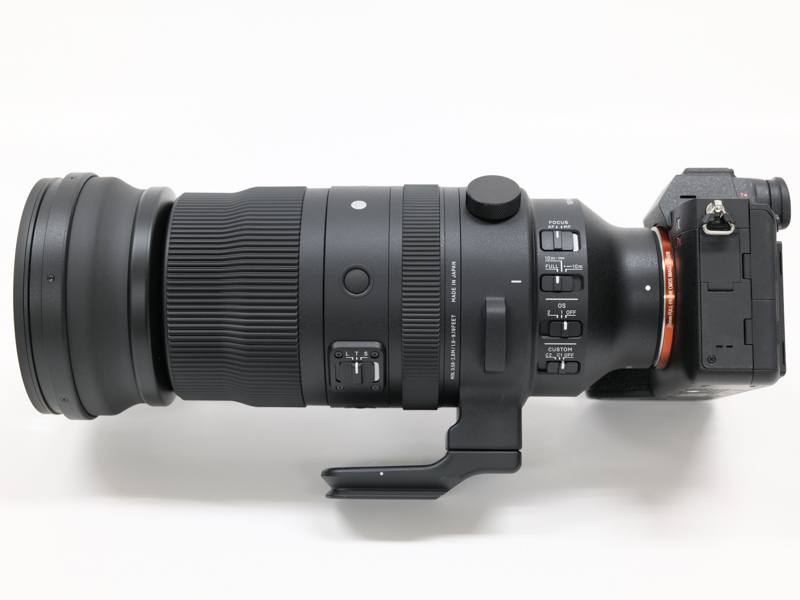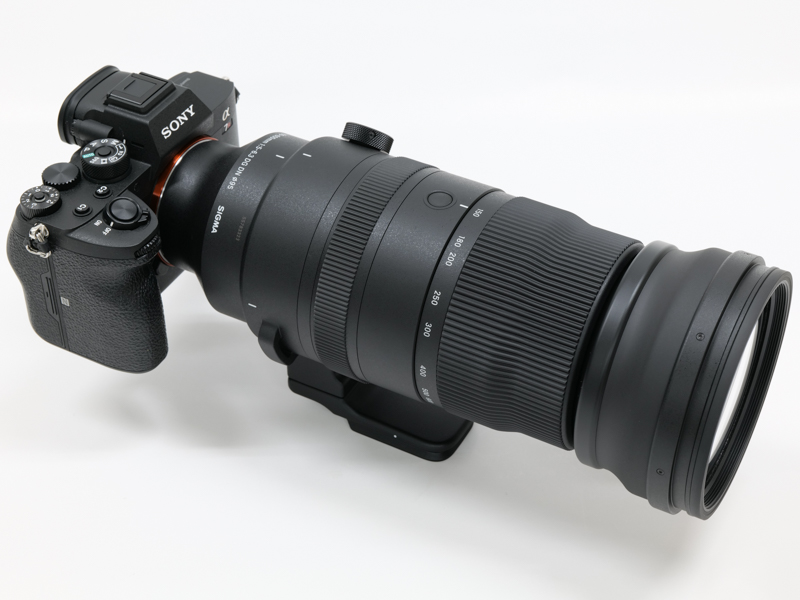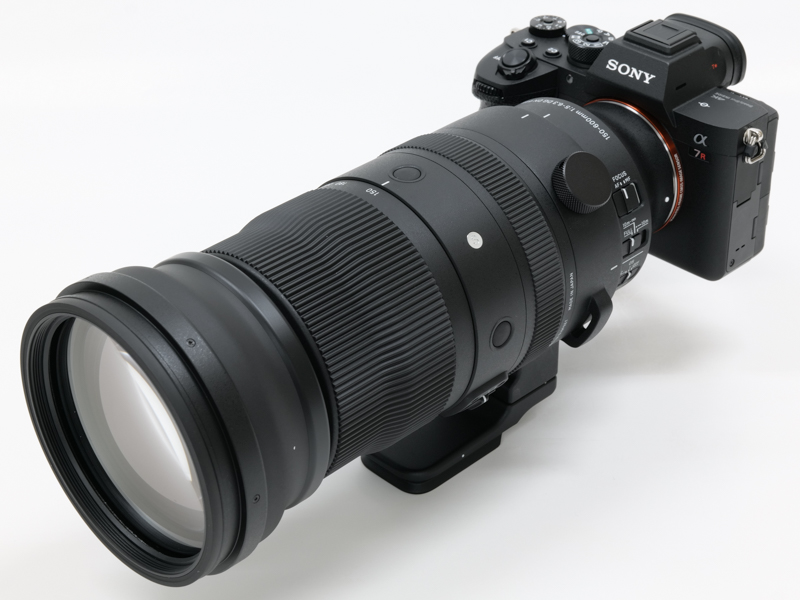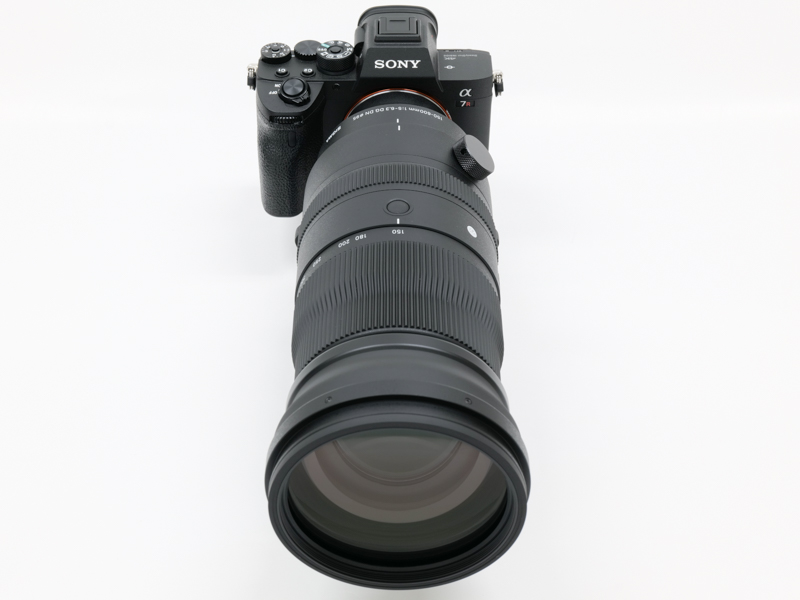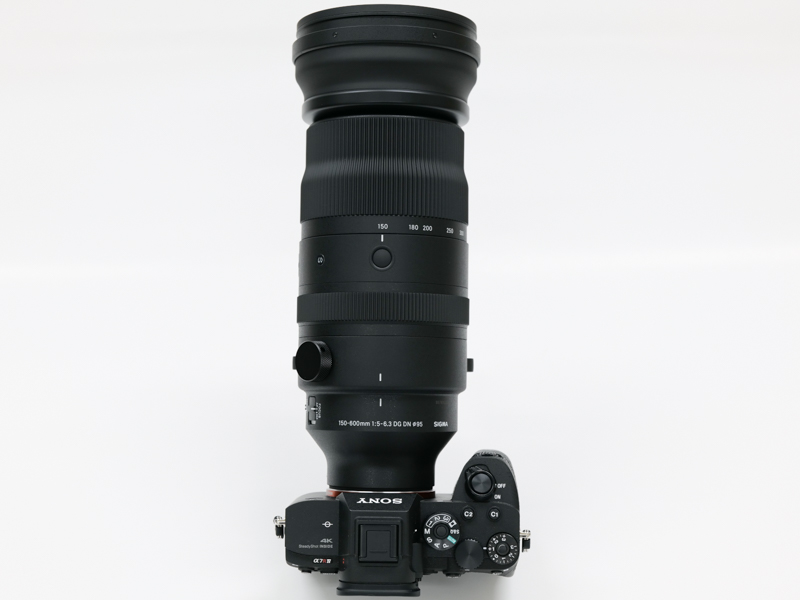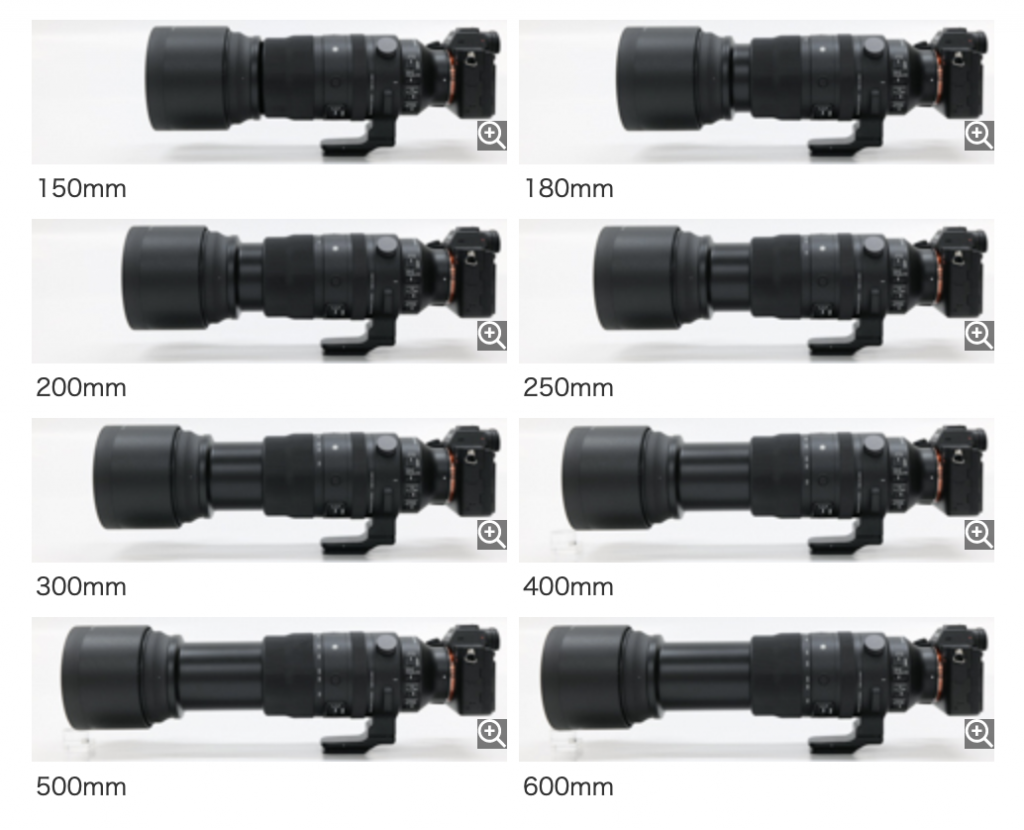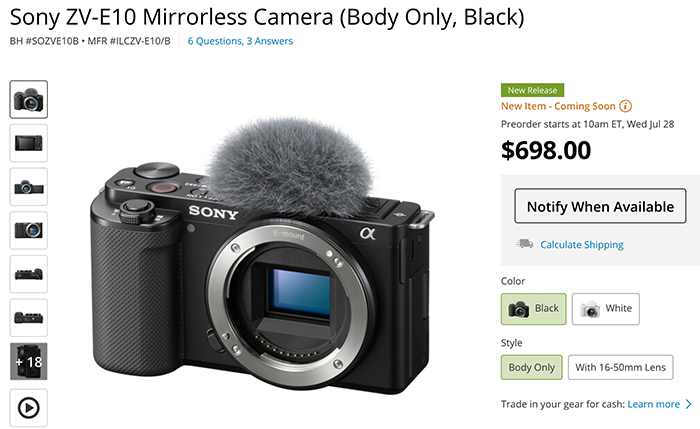Sigma 150-600mm FE unboxing pictures
Preorders:
150-600mm FE lens at BHphoto, Amazon, Adorama, FocusCamera. In EU at Park UK.
DC.watch posted these unboxing images
Tamron 35-150mm vs 28-75mm FE size comparison
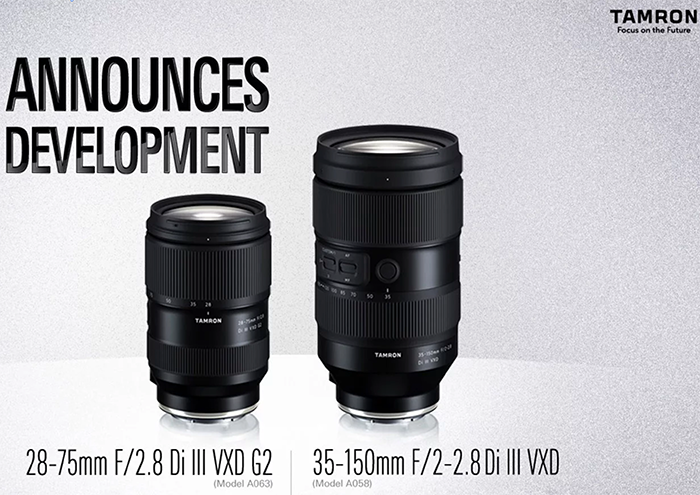
Here is n accurate size comparison between the 28-75mm FE lens and the new superb 35-150mm lens. It’s quite a bit bigger!!!
Sony ZV-E10 youtube reviews roundup
Preorders:
Sony ZV-E10 at BHphoto, Adorama.
Sony ZV-E10 in Europe at Calumet DE, Park UK, Wex UK.
German:
Spanish:
Dutch:
Italian:
The Sony ZV-E10 Compared with other cameras
Preorders:
Sony ZV-E10 at BHphoto, Adorama.
Sony ZV-E10 in Europe at Calumet DE, Park UK, Wex UK.
–
You can find a series of comparison with the competition over at Explora (Click here). Here you have one with the Canon M50 Mark II:
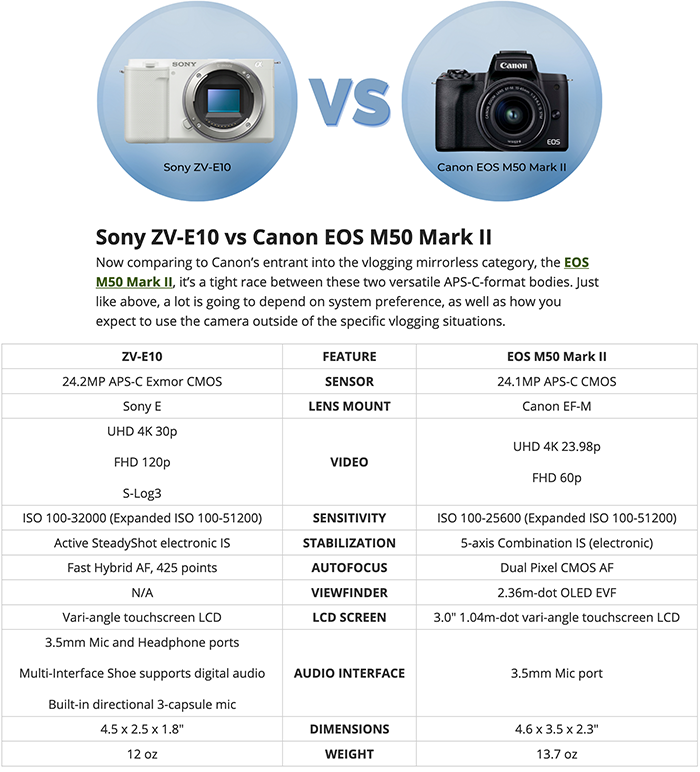
DpreviewTV: Best Full Frame Landscape Camera – Sony a7R IV vs. Nikon Z7 II
DpreviewTV:
We compare two of the best full frame landscape cameras available today – the Sony a7R IV and the Nikon Z7 II. Find out which one is best for you!
